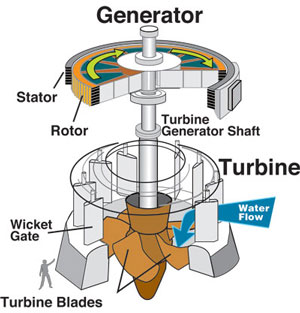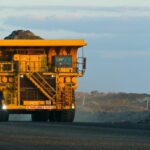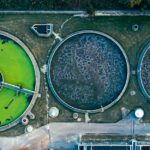
Conditioning & Mixing Tank Agitators – Mining & Mineral Processing
In the dynamic realm of mining and mineral processing, the

 If you’ve ever visited the Hoover Dam, there’s no doubt that you’ll have been amazed at the size and simplicity of the outsized generators that convert hydro-electric power into electricity for the south western United States. Here’s how the US Corps of Engineers explains how the Hoover Dam works:
If you’ve ever visited the Hoover Dam, there’s no doubt that you’ll have been amazed at the size and simplicity of the outsized generators that convert hydro-electric power into electricity for the south western United States. Here’s how the US Corps of Engineers explains how the Hoover Dam works:
“A hydraulic turbine converts the energy of flowing water into mechanical energy. A hydroelectric generator converts this mechanical energy into electricity. The operation of a generator is based on the principles discovered by Faraday. He found that when a magnet is moved past a conductor, it causes electricity to flow. In a large generator, electromagnets are made by circulating direct current through loops of wire wound around stacks of magnetic steel laminations. These are called field poles, and are mounted on the perimeter of the rotor. The rotor is attached to the turbine shaft, and rotates at a fixed speed. When the rotor turns, it causes the field poles (the electromagnets) to move past the conductors mounted in the stator. This, in turn, causes electricity to flow and a voltage to develop at the generator output terminals.”
The generators in place at the Hoover Dam were installed early in the 1930’s and still function well today. The Sir Adam Beck facility that is driven by Niagara Falls in Canada was built in the 1920’s and uses the same type of system.
Image credit: http://ga.water.usgs.gov/edu/hyhowworks.html

In the dynamic realm of mining and mineral processing, the

Mining operations are essential for meeting the world’s resource needs, yet they

Water treatment is a complex yet vital process that ensures
Subscribe to our newsletter for helpful technical publications and industry announcements.

This website uses cookies to ensure you get the best experience on our website